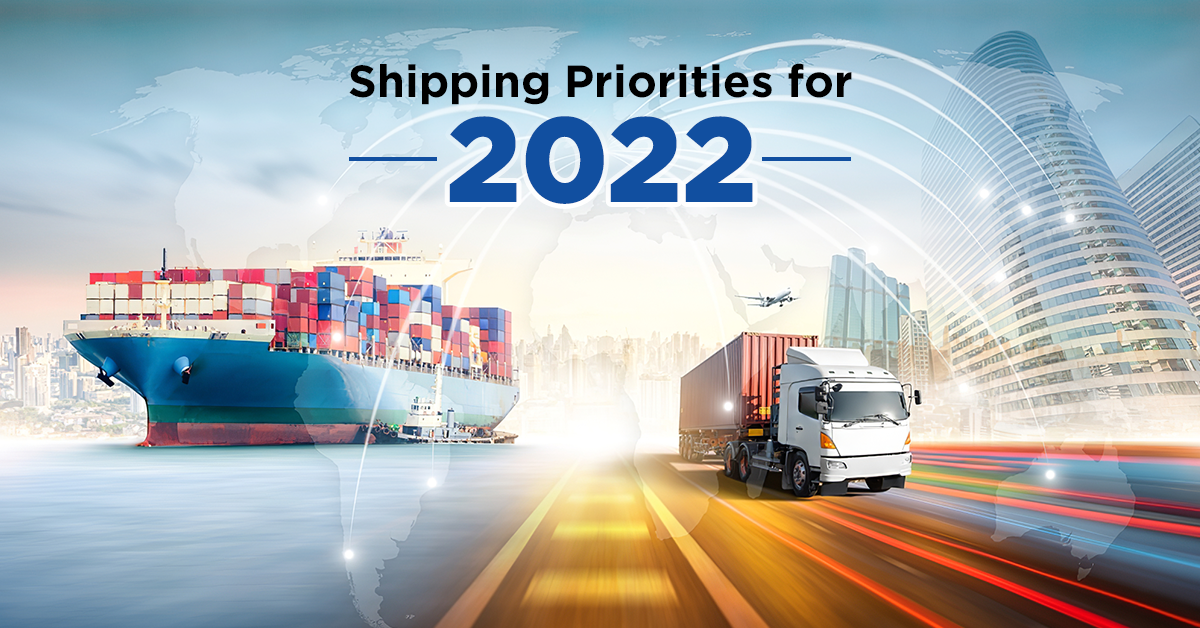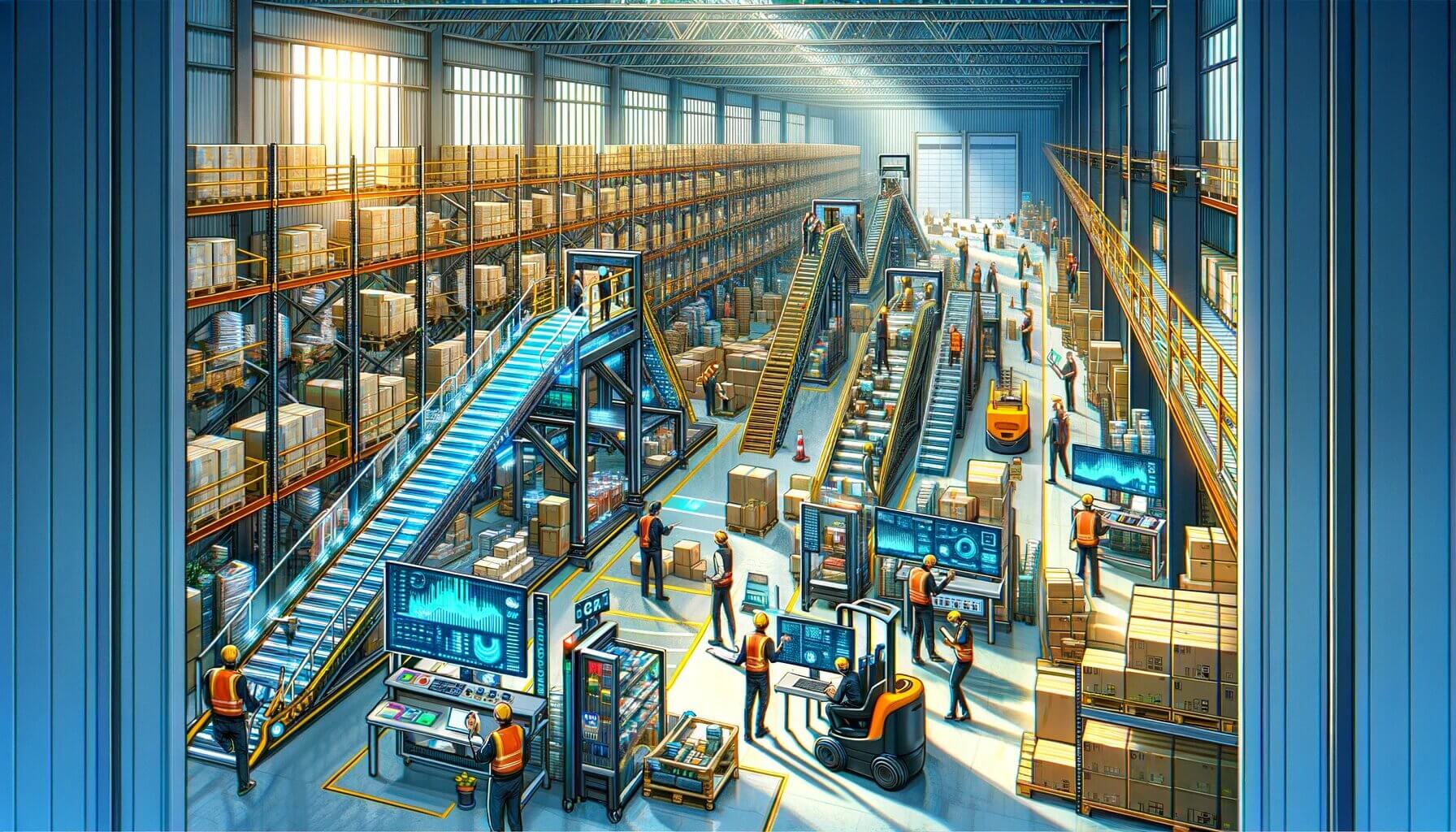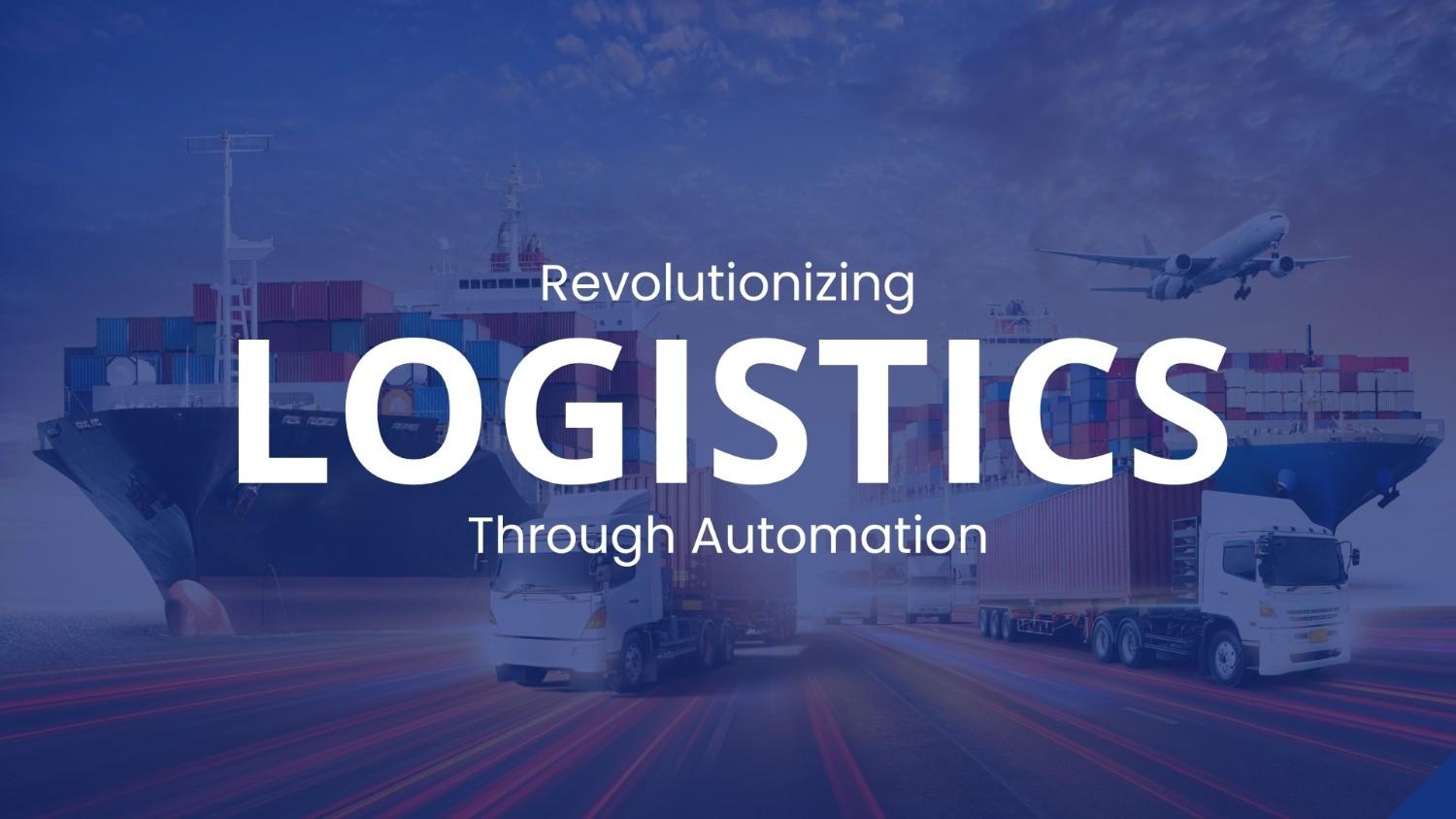
Just as we begin to believe that we are moving away from one uncertain situation, we are thrust into another; and that’s not even counting the constant emergence of new COVID-19 variants. The last 2 years have been chaotic, with suppliers figuring out how to deal with massive fluctuations in everything from supply chains to customer demand. Despite this, however, at least customers have adapted; their demands are now predictable again, and digital shopping has grown significantly and proven itself able to meet their demands and expectations. Of course, a vital part of this has been the shippers.
Shippers have generally worked on either streamlining operations, or on keeping up with demand. In addition, shippers have focused on and, for the most part, made sure that their critical facilities are equipped with the safety equipment and plans needed to ensure smooth operations. Moving into 2022, however, many suppliers may not need the focus on these aspects that they had before, as they already may be sufficiently catered for.
We can list down major shipper priorities as follows:
1. Maximizing and maintaining operational efficiency
2. Keeping employees productive
3. Ensuring strategy is in-line with evolving environment, and that production matches it
4. Predicting and/or keeping up with demand shifts.
Future-Proofing Shipping Priorities
Suppliers have seen the merit in keeping long-term plans rather than taking short term or firefighting measures for as long as possible. The emerging economy favours players who are proactive and flexible. Moving into 2022, you will want to make sure that your priorities are in the right place, based on how the market may be shaping up.
Some of the priorities that shippers should adopt for future viability, and some may already have to good success, can include:
1. Working with 3PL providers with good, flexible/scaleable capacity for freight.
2. Collaborating with others in the industry to learn of and share best practices and insights.
3. Shifting live-load pickups and deliveries into drop trailer.
4. Reducing total number of SKUs to reduce clutter and needless variety
5. Focusing on fast, efficient, and flexible production.
For many, key is being prepared for unforeseen circumstances. Planning for disruptions with countermeasures and new processes is a sound way to minimize their effects, even if it may not be possible to completely remove uncertainty.
With COVID fatigue gnawing away at consumers, demand may not be as unpredictable as a few years ago, but 2022 onward, it would be foolish for suppliers to rest easy in their comfort zone. They must be ready to adapt at the drop of a hat, and the consequences of not doing so can be severe.







